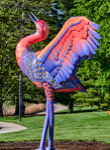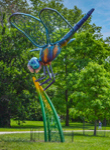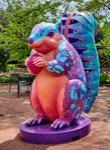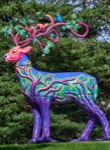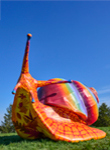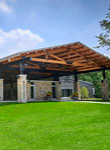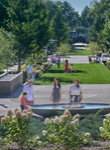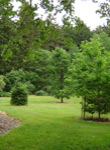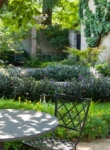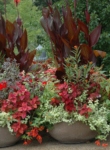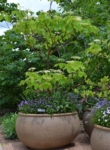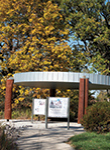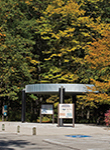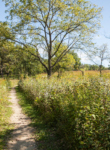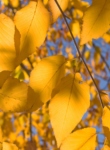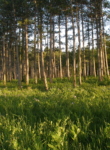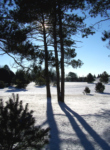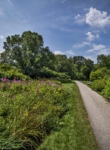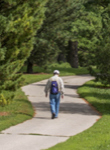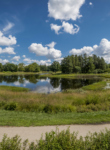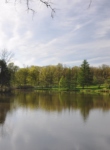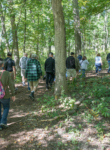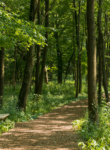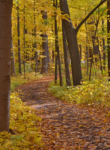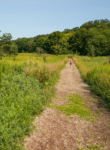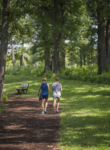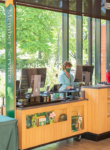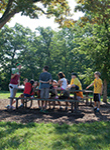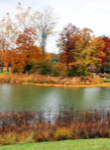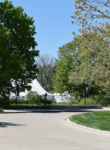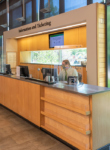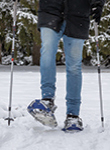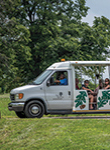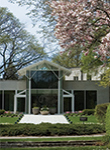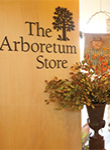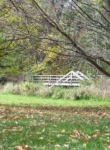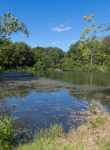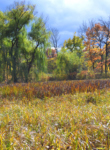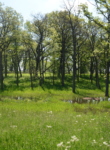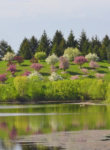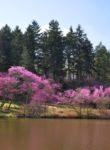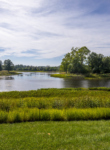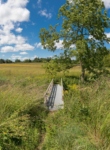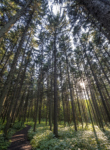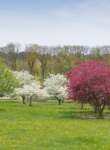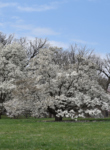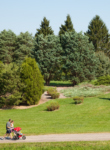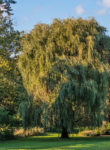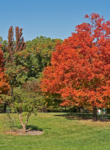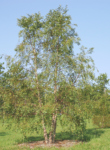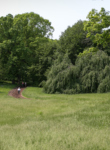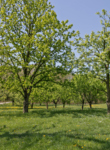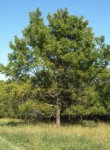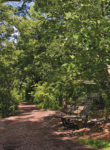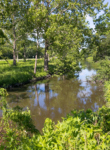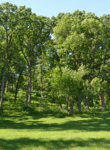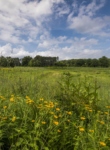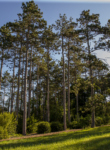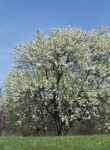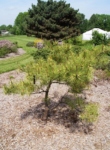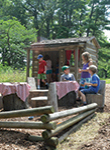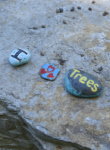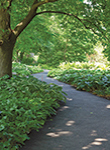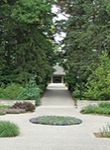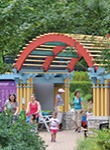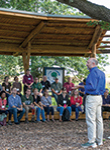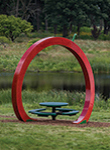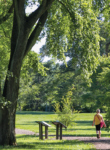Chinese buckthorn (Rhamnus utilis) is an exotic weed in Illinois. This shrub spreads by seed. It commonly grows in wooded areas like forests or disturbed sites. The species is native to China, but today can be found throughout Illinois. The flowers, fruit, and leaves are similar to that of common buckthorn, but the leaves are typically longer. New Jersey tea (Ceanothus americanus) is a good alternative.
There are a number of native and non-native species that could be used in place of Chinese buckthorn. To find suitable replacements, go to The Morton Arboretum’s tree and plant finder. Before purchasing or planting, be sure to check for any local or state guidelines, and ensure that it is suitable for its habitat by reviewing planting considerations or by finding it in the USDA Plants Database.
More Information
Size and Method of Spreading
Chinese buckthorn typically grows to be 15 to 25 feet tall. The broad branches form dense thickets.
Bark Color and Texture
The bark is brown to gray in youth. Rough and slightly peeling, the stems have prominent white lenticels and the interior wood is yellow. Stems often have scattered thorns.
Leaf Description
The green leaves are opposite to sub-opposite, 1 ½ to 3 inches long, and ¾ to 1 ½ inches wide. They are long and oval-shaped (elliptical) with minute teeth on the edges (leaf margins), and a pointed tip. The leaves of buckthorn often remain green well into autumn after other trees have dropped their leaves.
Flower Description
Chinese buckthorn’s flower heads develop in clusters of small florets near the branches (raceme inflorescence). Each flower is light green, and has four sepals, forming a crosslike (cruciform) shape. Each plant bears either male or female flowers (dioecious), but some may produce perfect flowers, with both genders as well. Flowering time is early summer.
Fruit Description
Female plants bear ¼-inch berrylike fruits (drupes) in clusters. They are green in summer and turn dark blue to black in August.
General Management
Chinese buckthorn can be managed through mechanical and chemical methods. For more information on management of this plant, contact The Morton Arboretum Plant Clinic (630-719-2424 or plantclinic@mortonarb.org).
